https://www.youtube.com/watch?v=Qa95ukgQ-E0
I Trained with a GIANT Rubik's Cube
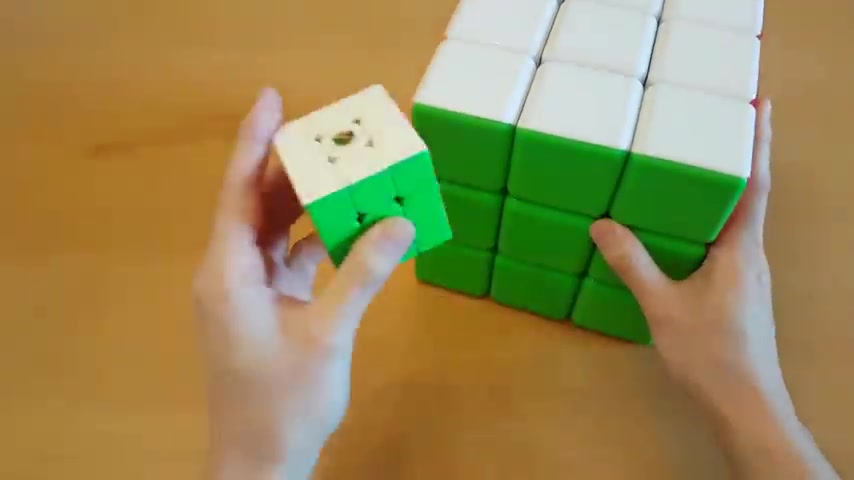
Hey guys , I decided this cube is my new main three by three .
Now , you might be thinking this is a bit too big to be my main three by three , but it actually fits my hands even better .
Look , it's almost the same size .
This has made me realize that normal cubes actually don't fit my hands .
They don't even fit my palm a box of important cubes , but I have to find my name before practicing and this is much easier to find , which means more practice time , which of course means more improvements and it feels really great not to turn but to get PBS because I can just keep breaking PBS with this .
Also doing , look ahead on this cube is so easy .
I never have to pause , but there is one problem I need to fix before this cube can be competition ready .
And that is the turning is a little messed up .
Do you hear that if we look at the pieces ?
So if you move from white to green here , there's actually a bump up .
And what makes this worse is the corner pieces have the same problem on this piece .
You can get caught right here .
And when you try to run the pieces against each other , they will get caught and won't move .
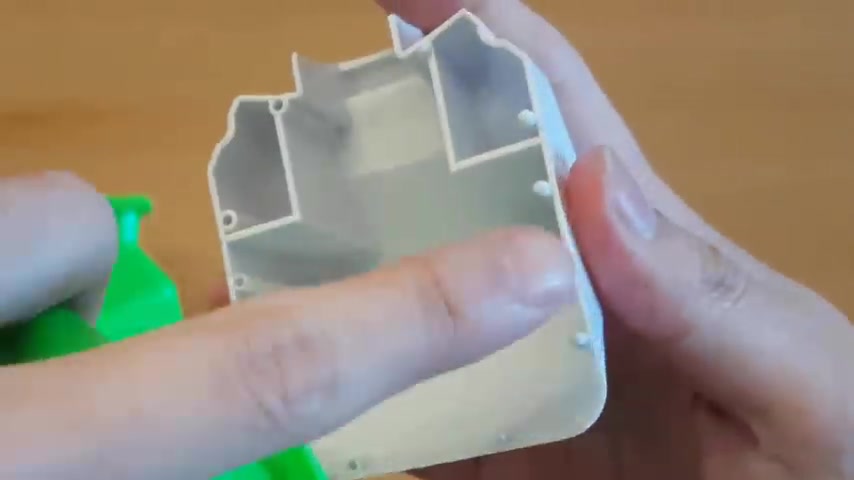
The problem actually is barely there at all .
And if you look at the size of the pieces , they are actually thick enough that I can just sand these off with sandpaper and it will be fine .
And this is actually nothing new to me .
I used to do this to my cubes 10 years ago .
A lot of you may remember that Diane S A this was the best cube a long time ago , but it wasn't good enough by Cuber's standards and we moded it with sandpaper to make it turn better .
So today I'm going back to my roots and modding this cube as well .
Wait , this isn't sand paper .
This is glitter .
Why do I , why do I have ?
I spent half an hour looking for this ?
Ok .
Here is the actual sandpaper .
Let's get to work .
Oh , before I start better safe than sorry , this is going to produce a lot of plastic dust .
So I'm gonna get my mask and goggles on .
Ok .
Now I'm ready .
The green side is a bit higher .
So I'll go until I don't feel that anymore .
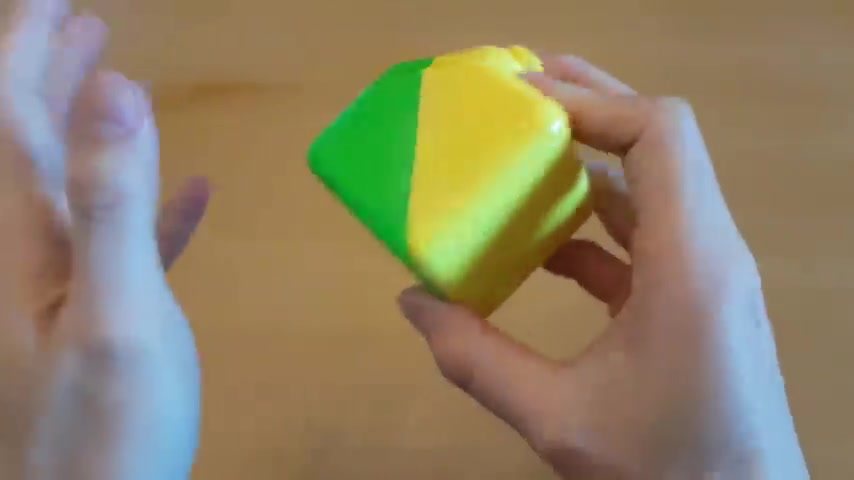
Whoa It works .
It's like really smooth now , but it's also super scratched .
Going across is pretty smooth now , but it is super scratched up .
I have some finer sandpaper if I want to fix this at the end .
But honestly , I don't really care and this should be fine .
I'm just gonna move on to the other side and all the other pieces .
All right , the deed hasn't been done .
I've handed down the pieces and let's , let's see .
Oh , it makes a little bit of a squeaky noise just because , like I left all the scratches on .
So that's probably what's making the noise .
But the orange side was a problem before .
Let's see it .
Oh yeah , all the problem's gone .
Yes , I can still feel it a little bit sometimes but I , I think this is good enough .
I don't need it to be absolutely perfect .
I just don't want it catching when I'm turning , which is definitely not happening anymore .
But the sound is really funny .
Oh yeah .
And this cube could not , would not be my main without AJ perm logo .
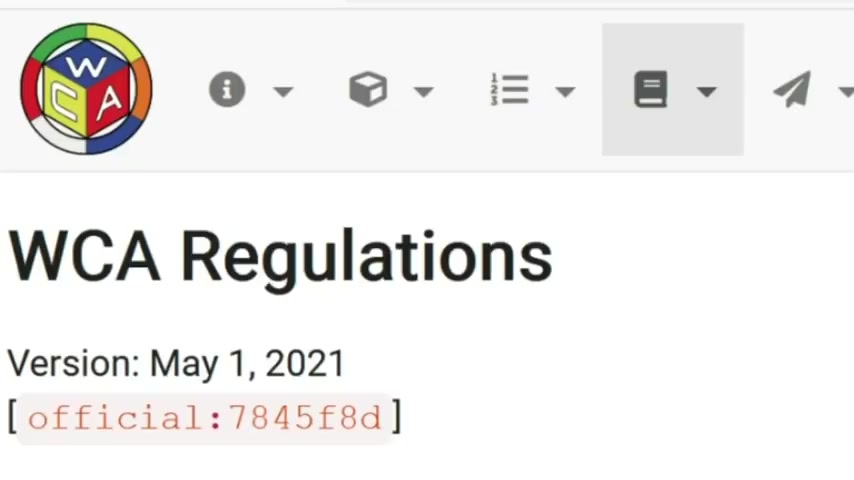
Why am I doing this ?
That's just lovely .
Unfortunately , I will not be using this Cuban competition because of the rules .
Wait , there's gotta be a rule against this , right .
Come on .
Come on .
Come on , please .
Oh , ok .
I think I have an idea .
Yes .
OK .
There's a rule against this .
That's why I can't use this at a competition .
So I decided I will instead simulate a competition with all of the three by three events and I won't be doing multi blind because I only have one cube .
So I started with a three by three average of five and let me tell you , I probably should have practiced more before this because I was clearly getting better with each solve .
This cube turns much better than when I first got it .
Of course , because I sanded it down using sandpaper on the pieces .
Actually made a huge difference .
I'm definitely more confident turning and it really doesn't catch ever .
My PB going into this was actually 41 seconds .
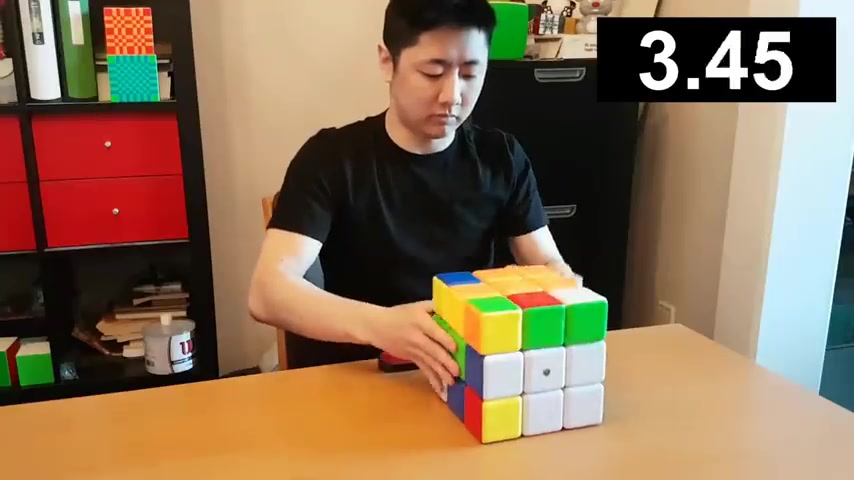
So I shattered my PB on every single solve .
It was also really interesting learning the details in how it should be turning .
So obviously , I'm not really using finger tricks , but the U layer turns can kind of be done with your fingers depending on the situation .
And I learned that when you turn the right and left layers , it's actually easier to turn the cube towards you rather than away from you .
For example , our prime is much easier than R .
And this is really important when you do R two or L two because you can choose the direction .
There are of course , other little details in the turning , which I probably grasped intuitively .
But it's just kind of too much to think about all these finger tricks at once .
And I think these times I'm getting could be much better if I was really used to the move optimal algorithms in F two LL and PL .
But I'm definitely wasting moves by using the algorithms I normally use on a three by three .
The times I ended up getting were 37 34 20 9 , 30 36 .
So a 33.89 average , I'm sure I could get sub 30 but I am pretty happy with this .
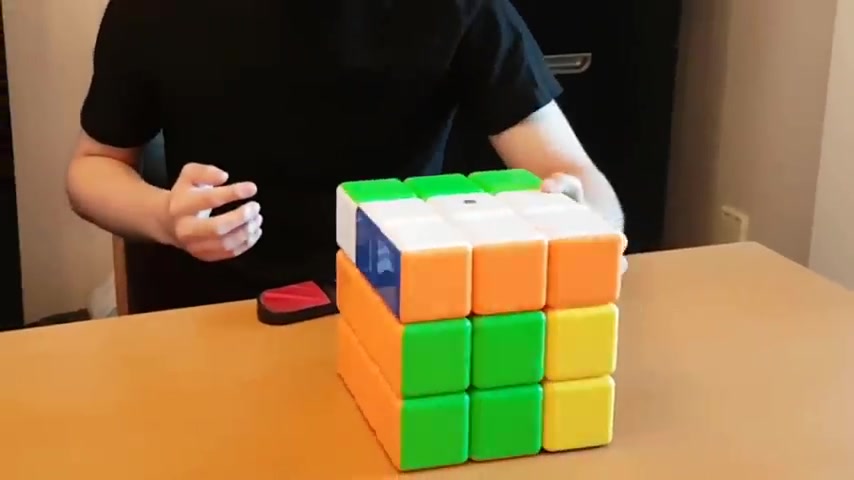
Next was one handed and this was obviously going to be the hardest one .
I actually went in without even learning how to turn first , which was a huge mistake .
My first solve ended up being two minutes and 47 seconds .
Actually , now that I think about it , that's not even too far from my first one handed solve ever on a normal three by three cube .
Anyway , turning one handed is just terrible .
I couldn't really figure out how to do it .
I realized at some point that turning off of the table could actually help because the table doesn't get in the way of the layer .
I'm trying to turn it didn't work out so well .
And I also noticed it was kind of difficult to reorient the cube .
So a lot of the time I would just turn the cube in whatever orientation it already was in .
For example , I did a T perm from the side because it was too hard to turn the cube over .
My hands were getting very tired .
But I did find another cool trick which is if you have the last turn , don't do it because you just get a plus two second penalty .
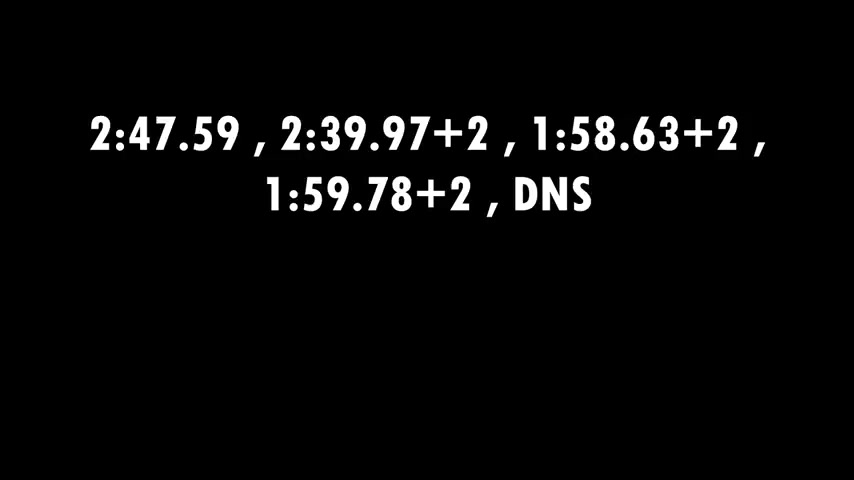
And this is faster than doing the last turn a lot of the time .
So here was my final average .
I didn't discover about the plus two until the second solve .
And I only did four solves because my arm was starting to cramp at the end .
And I decided since you take away the best and worst solves in an official average , you don't need to do the last solve .
That was probably the smart thing to do .
And then there was blindfolded and I realized that I had to take off the logo because you're not allowed to have a logo in a competition for blindfolded solving .
The first solve actually had some easy algorithms , but I messed up somewhere .
And without muscle memory , this is really , really hard .
So I know sometimes when people do three by three slowly , it's hard to remember algorithms because you don't have the muscle memory .
But doing it blindfolded is even harder because when you solve three by three , even though you're relying on muscle memory , there's also a visual element and you kind of see where the pieces move .
So sometimes if you're lost , you can kind of figure out what the next move is .
But in blindfolded , you never get to see the cube when turning .
So it's just muscle memory and I wasn't really messing up .
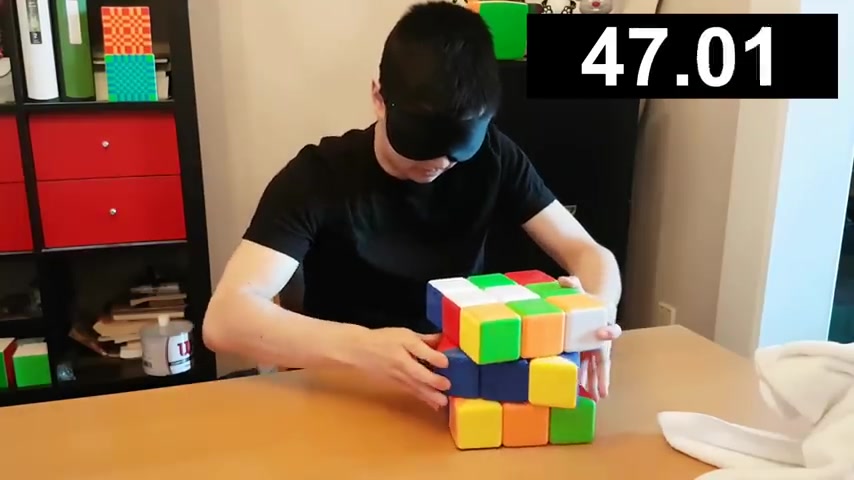
But I also had to think a lot for the algorithms .
The first solve was the three minutes and 18 seconds , but it was a DNF by three edges .
So I probably just did one algorithm wrong .
Then I tried again .
And the second solve actually had some of the harder algorithms .
So I ended up spending a lot of time pausing in between steps and trying to think of a simpler algorithm than the one I usually use .
Because blindfolded algorithms are all intuitive .
You can actually just make one up on the spot .
So that's what I was doing .
And that's why there's so many cube rotations .
For example , on a smaller cube , I would just do more moves to avoid the cu rotation because it's faster that way .
But on this cube , I would just do a cube rotation plus a really simple algorithm .
And that way I would not mess up and I managed to finish the solve in three minutes and 31 seconds .
Yeah , I'm never doing this again .
Next up was fewest moves .
Yeah , I'm about to spend an hour on this .
Now in case you don't know how fewest moves works , you don't do a normal cube solve .
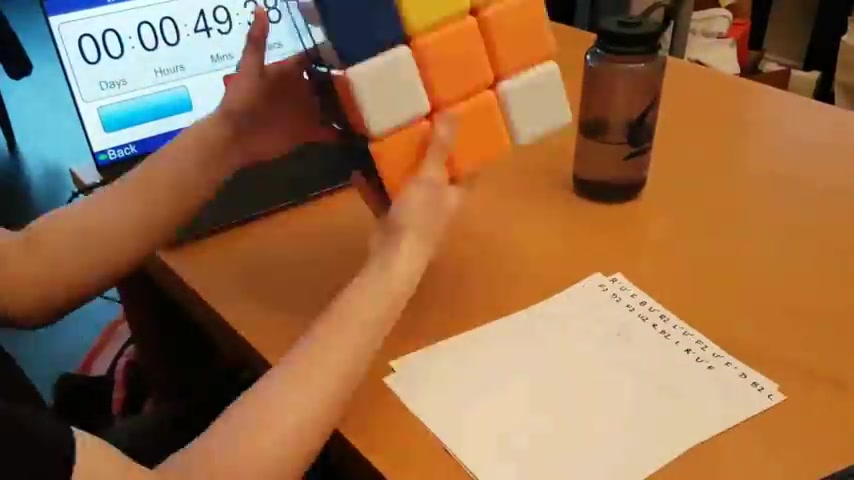
You actually just write down your solution on a piece of paper , but you get an hour and you also get the scramble , which means you can do a bunch of crazy things .
Obviously , you're not allowed to just reverse the scramble , but there are a lot of advanced techniques to lower the number of moves you use .
And I forgot how many turns you have to do in a fewest move solve because a lot of the time you have to res the cube .
And I was trying to avoid that .
I looked at the timer after the first time I scrambled it and it took 30 seconds .
Does 30 seconds seem like a lot .
Maybe not .
But over the course of an hour , let's say you scramble the cube 20 times .
That's already 10 minutes wasted .
So I had to change up my strategy a bit and do a little bit more writing and a little bit less turning than usual .
I did my normal amount of time management , which turns out to be wrong because I turned so much slower .
So in the end , I actually came down to the very last second .
When I circled my solution .
In the end , I got a 33 move solution , which is honestly not bad considering how hard it was to turn .
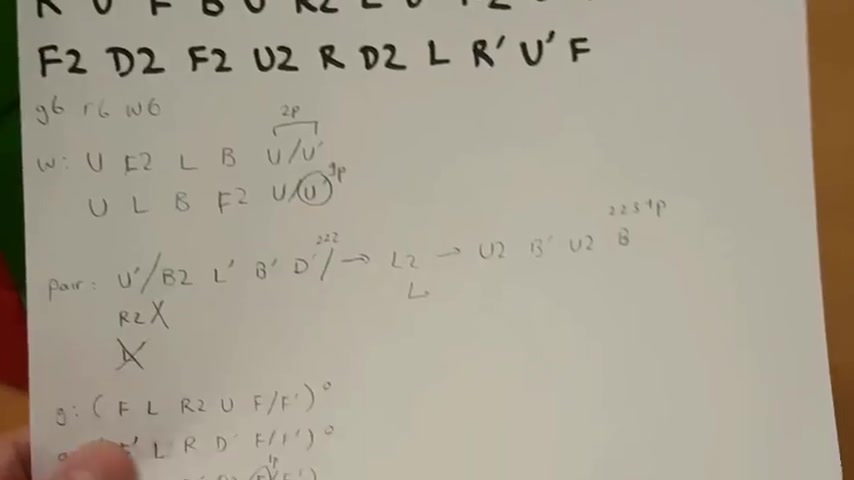
This here was the scramble and some of my work in the beginning do 10 moves .
So red , I didn't have time to do the actual turns even though you get an hour .
This was super rushed .
I had to write more than usual and do fewer turns than usual and I won't do it here .
But let's just make sure everything works .
Here is the scramble and I'll do the solution that I wrote down .
There you go .
I am not doing two more solves of this .
This is what my WC A profile would look like if this competition counted anyway , that was fun .
Just kidding .
That was not fun .
That was painful .
This cube is no longer my main .
Are you looking for a way to reach a wider audience and get more views on your videos?
Our innovative video to text transcribing service can help you do just that.
We provide accurate transcriptions of your videos along with visual content that will help you attract new viewers and keep them engaged. Plus, our data analytics and ad campaign tools can help you monetize your content and maximize your revenue.
Let's partner up and take your video content to the next level!
Contact us today to learn more.